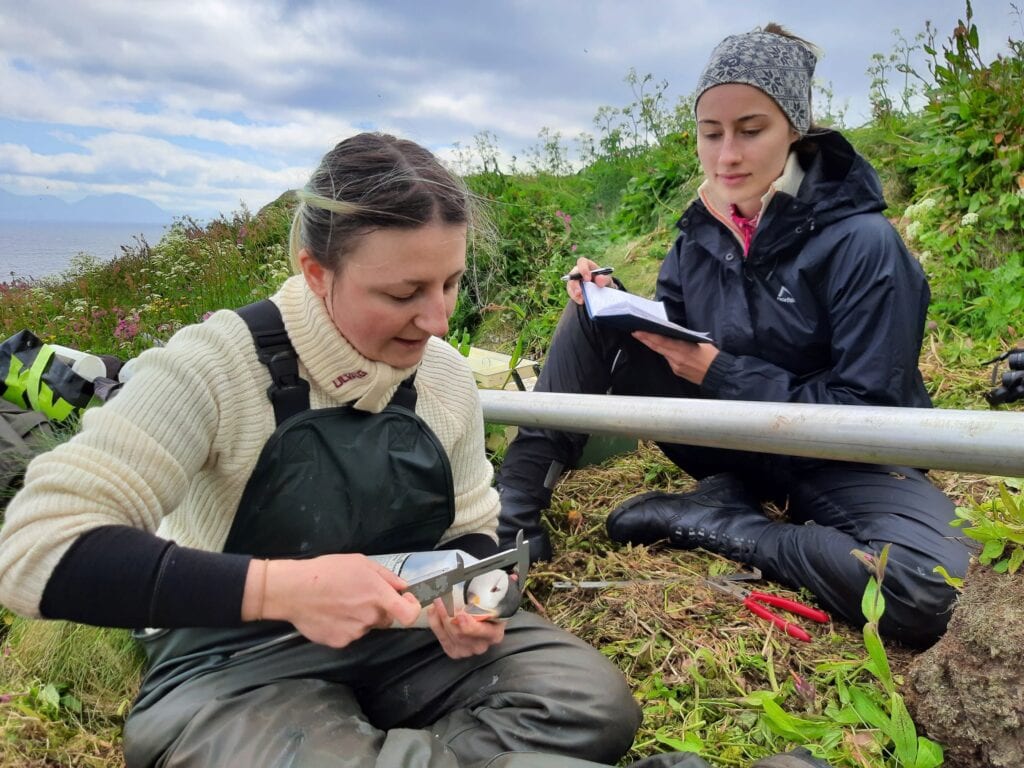2020 – the worst breeding season ever for Norwegian seabirds
The SEAPOP annual report for 2020 from the key-site monitoring presents the status of key seabird species on a wide spatial scale.
Negative population development
The monitoring results from 2020 leave no doubt that a decline in the Norwegian seabird population continues. More than half of the populations on the key sites decreased significantly since 2019, although clear differences were apparent between species and populations. Almost all the kittiwake populations were stable or decreasing, and the colony at Vedøy, which consisted of 25 000 pairs in 1981, had been completely abandoned. The negative tendency continues also for fulmars, with almost all the monitored populations declining severely. The situation is serious, as the general impression of the 2020 season was also representative for the development over the last decade.
Low reproduction rate
With so many populations declining, it is also very worrying that the poor breeding success recorded earlier also persists. Reproduction rates were considered as poor in 41 % of the monitored populations in 2020. In contrast to previous years, also the pelagic species reproduced almost as poorly as the coastal ones, again raising concern. The causal mechanisms are not totally clear, but poor feeding conditions and heavy predation appear as obvious challenges for several species.
Read the report:
Contact person: Tycho Anker-Nilssen, NINA


